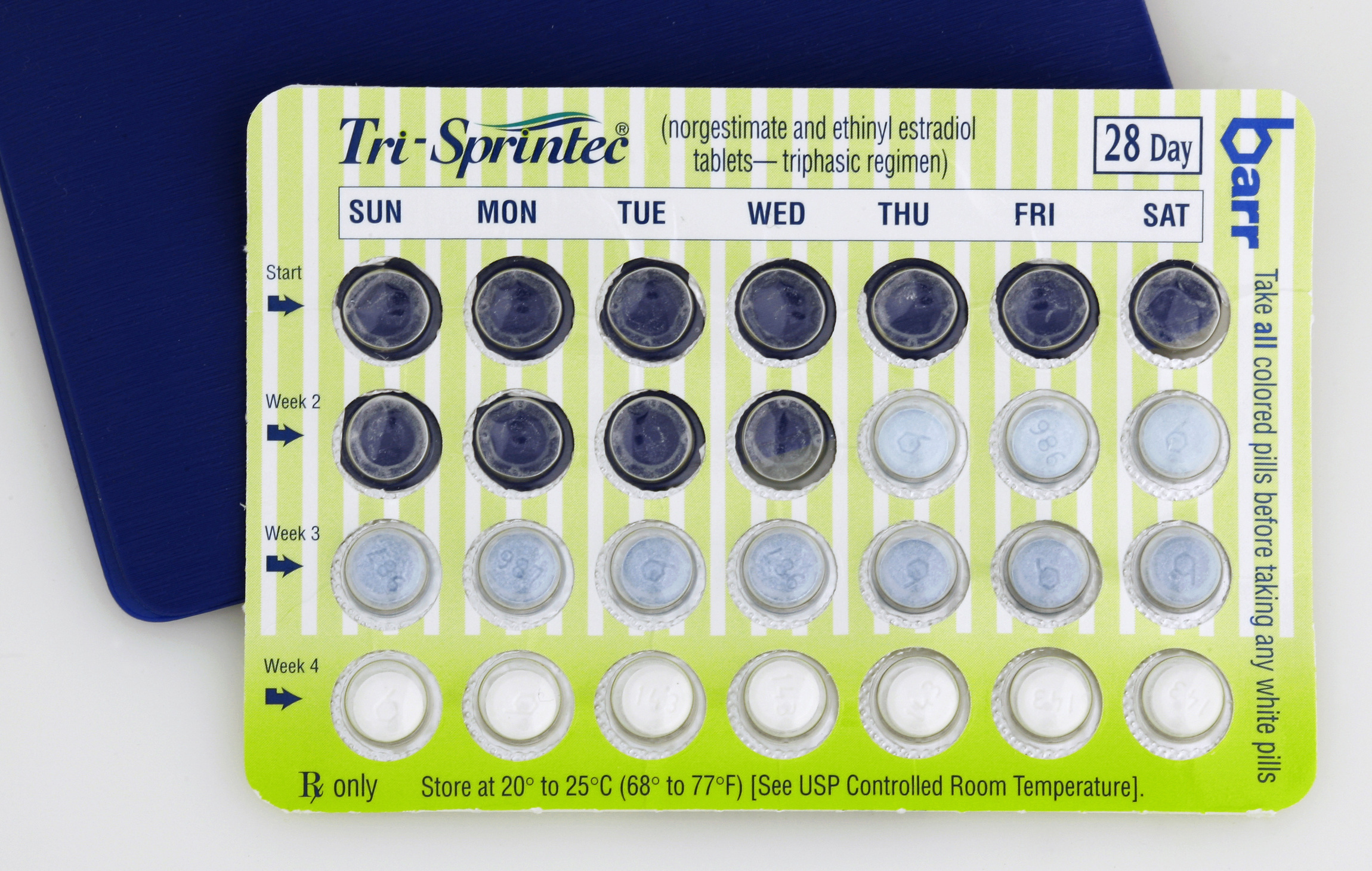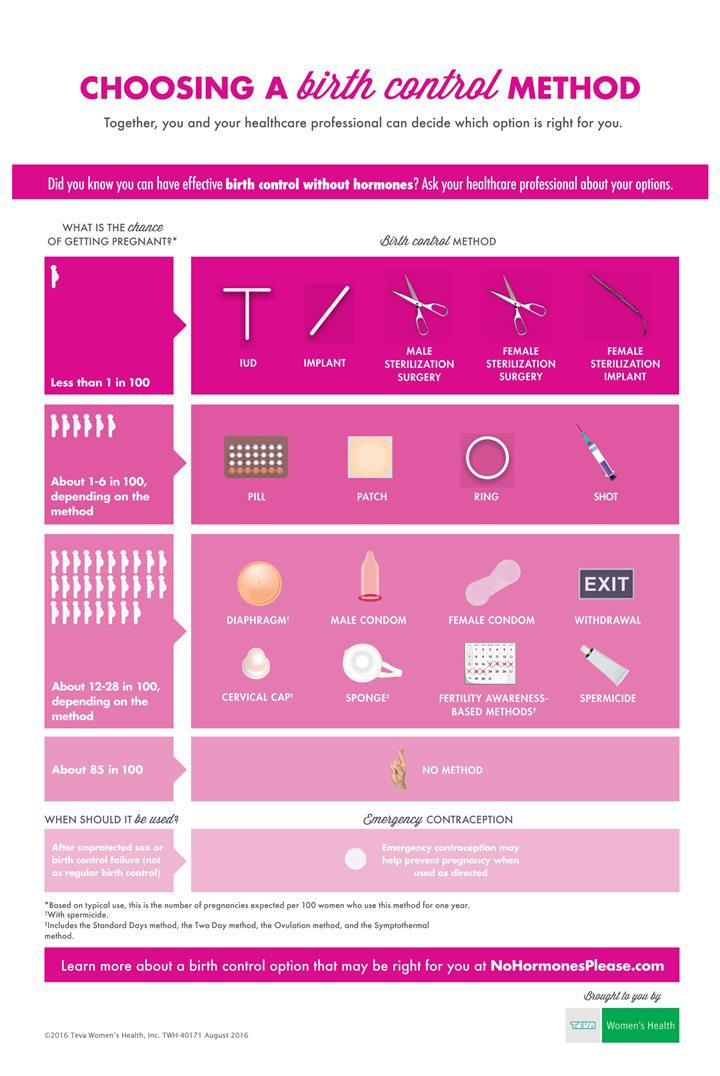
Indeed, it was not until 1869, in John Snow’s obituary, that the Times alluded to the fact at all. These included the London Globe, but neither the Times nor the Morning Chronicle, London’s biggest papers, picked up the story. None of the British lay newspapers made much of these reports, though a couple did reproduce the facts, without comment. This was true as far as it went – Snow had administered chloroform on a handkerchief and successfully maintained light sedation only. The Lancet treated the information as mere rumour, advising that ‘the Queen was not rendered insensible by chloroform or any other anaesthetic agent’. It has been suggested that the information in the editorial came from the vocal and ardent James Simpson, who obtained it from the royal obstetrician, Sir James Clark. A report was eventually published in an editorial in the Association Medical Journal, the forerunner of the BMJ. Surprisingly, in the medical bulletins immediately following the birth and in the newspapers, no mention was made of the use of anaesthesia. The patient could inhale the anaesthetic vapours. Was attached to the end of the flexible tube so John Snow originally described his inhaler inġ847. Dr Snow’s notes recorded ‘…her Majesty expressed great relief from the application, the pains being trifling during the uterine contractions…’ So it was, that on 7 April 1853, Dr Snow was summoned to administer chloroform to the labouring monarch. Prince Albert, a long-standing champion of the sciences, had become an advocate and had discussed the subject with London’s foremost exponent of chloroform, the brilliant Dr John Snow, who would, the following year, cement his place in medical history when he correctly identified the Broad Street pump as the source of London’s cholera epidemic. However, by Victoria’s eighth pregnancy, in 1853 (with Prince Leopold), confidence in its use had grown. Unfortunately, the first death from chloroform, in a 15-year-old girl, had recently been reported (chloroform was ultimately abandoned owing to its tendency to cause dangerous cardiac arrhythmias) and the royal physicians expressed their strong opposition. It was therefore not surprising that, after receiving a pamphlet from the Duchess of Sutherland during her sixth pregnancy, both the Queen and Prince Albert developed a keen interest in the potential of chloroform. She had also suffered mild postpartum depression after her first two pregnancies. Despite ultimately giving birth to nine children, it was well-known that the Queen disliked pregnancy, describing it as ‘wretched’. Undoubtedly, the ultimate endorsement should have come from Queen Victoria herself, and so it is often stated, but it was not to be. One of the most notable was Emma Darwin, who was administered the drug by her famous husband, Charles, and who went on to demand chloroform for subsequent births. The reported use of chloroform by prominent women helped the cause. The popularity of chloroform-assisted childbirth grew rapidly, despite the usual quasi-medical and religious objections, mainly as a result of the demand by women. He is credited with giving the first general anaesthetic for childbirth, in 1847, and soon became a strident advocate. Chloroform initially gained popularity in Europe as a ‘party drug’ and it was only after the Scottish obstetrician James Young Simpson and a group of his friends had been rendered unconscious in that context that Simpson recognised its potential for use in his patients.

However, the mid-19th century also saw the discovery of two other potent forms of pain relief, diethyl ether and chloroform. It was not until 1885 that Alexander Wood described the use of the hypodermic needle and syringe to further enhance the usefulness of opium alkaloids.

It was the Renaissance physician and alchemist, Paracelsus, who recognised that opium was soluble in alcohol, resulting in an orally effective form, which became known as laudanum, a mainstay of classical medicine. Moreover, until the 16th century, opium could only be administered effectively by smoking. Apart from opium, which had been used for pain relief for hundreds of years, there were few effective treatments. These attitudes were of little practical importance for most of human history. God had decreed that women should bear children in pain as punishment for Eve’s surrender to temptation how dare anyone presume to interfere with His will? More importantly, pain relief in labour was sinful. The dominant (in other words, male) view throughout Europe was that such interventions were potentially dangerous – pain was physiologically important for the normal progress of labour and to prepare the fetus for birth. Among the crimes of Agnes Sampson, a midwife and the first woman to be burned at the stake for witchcraft in Scotland, in 1591, was that she had used her supernatural skills to relieve the pain of labour.


 0 kommentar(er)
0 kommentar(er)
